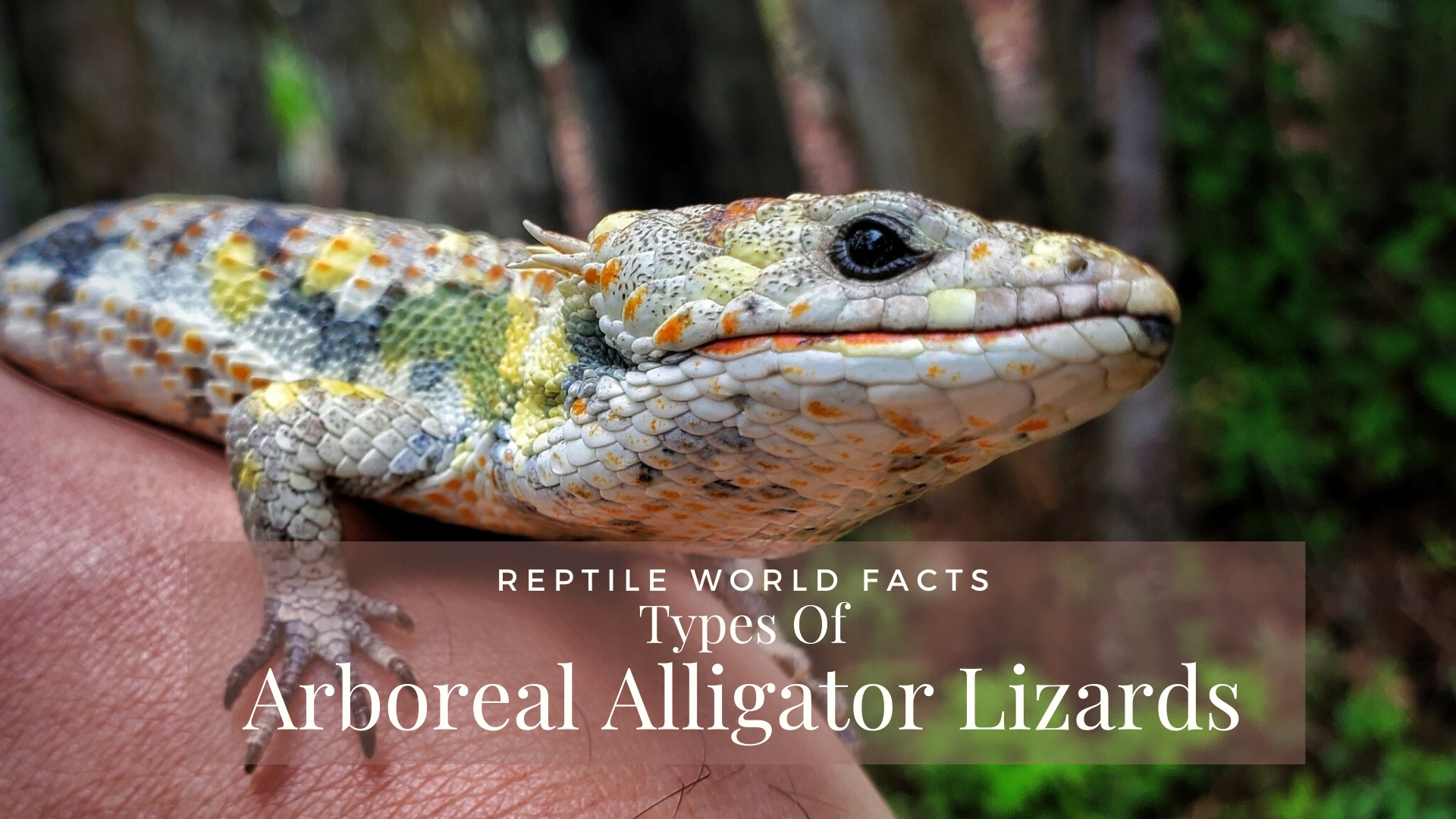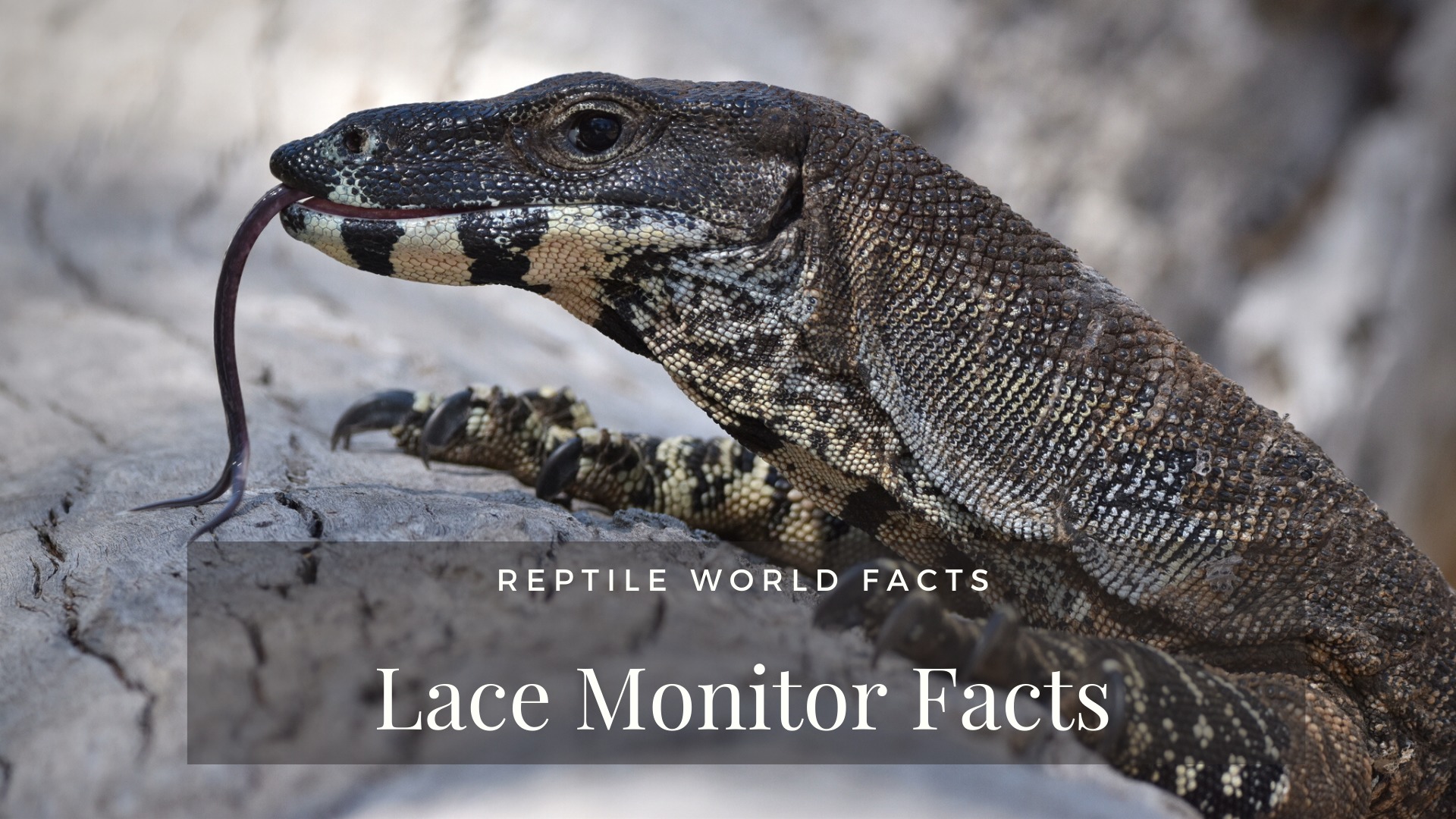Banner Source: Here
Quick Facts
Scientific Name: Moloch horridus
Common Names: Thorny Devil, Mountain Devil, Thorny Lizard
Geographic Range: Most of the Western Australian Range
Life Span: 15 – 20 Years
Conservation Status: Least Concern
Top 10 List – Thorny Devil
1. Where Does Their Name Come From?
The thorny devil’s common names are pretty easy to figure out, due to their thorny looking body. However, their scientific name does have a pretty interesting origin. The genus Moloch was inspired by a poem by John Milton called “Paradise Lost.” In the poem Moloch was a Caanite God, who was a horrible king that was smeared in the blood of human sacrifices. The latin word Horridus means rough or bristly, or alternatively dreadful.
2. Ant Eaters
Thorny devils are obligate myrmecophages, meaning that they survive by eating ants. They are sit and wait predators, meaning that they hide in a covered spot by an area with ants, and grab them when they walk by. They actively feed at temperatures above 24 degrees C, and can eat anywhere from 750 to 1000+ ants a day.
Since these lizards live in dry areas of Australia, water isn’t always abundant. However, they have adapted to living in this climate thanks to special grooves in their scales that channels water to their mouth using capillary action after a rainfall, or after dew forms over night on their body.
3. The Devil’s Lair
Thorny Devils are diurnal, and spend their days in arid scrubland and deserts throughout most of Central Australia. They only live in regions that have sand and sandy soils, not in the areas with rocky or hard soils.
4. Self-defence
These little devils have quite a few means of protection to keep the predators away. These predators include Australian bustards, humans, black-breasted buzzards, goannas, snakes, and introduced dingos and red foxes. To ward off these predators the thorny devil is covered in hard, sharp spines which make it difficult for a predator to swallow them, especially when they puff themselves up with air to appear larger. They have a spiny false head on their back, and when threatened they will put their real heads in-between their legs and present the spiny false head. This also makes the thorny devil harder to swallow.
Another part of their self-defence is their ability to camouflage themselves. Their colour helps them blend into the landscape of their habitat, making it harder to spot them. They also freeze and hold still when threatened, adding another layer of difficulty in spotting this lizard when it doesn’t want to be spotted.
5. Baby Devils
Thorny Devils breed once yearly, and the female will then bury 3-10 eggs in an underground burrow. She will then smooth the surface of the dirt to hide the fact that her eggs are hidden there. After 3 to 4 months the eggs will hatch and out come baby thorny devils that only weigh 1.8 grams on average. The hatchlings will then spend the next 5 years fully growing and maturing.
6. A Thorny Body

The Thorny Devils body is covered in thick shields and spines. the surface texture these spines and grooves make, make it so that the thorny devil can collect what little water there is. Their body colour depends on the temperature – brown/olive during morning or cooler periods, and a lighter yellow in the afternoon and when temperatures rise. They also have golden and brown patches on their body that helps them camouflage into their surroundings. They have smaller eyes, and teeth that are modified for their diet of ants.
For their size, they can weigh anywhere from 28 – 57 grams. They are between 3 – 4.5 inches snout to vent, and 5.9 – 8 inches in total length.
7. Unique Walk

The thorny devil has a very unique walk. With their tail lifted, they walk with slow, jerky movements, while rocking back and forth. When spotted by predators they will freeze and stop moving completely. It has been theorized that they walk like this in order to confuse predators that spot them out in the open.
8. Sexual Dimorphism
In this lizard, females are larger than the males, despite the fact that they start at the same size when they are born. The females also appear to be slightly paler, while the males have a more reddy colour to them.
9. Thorny Pets?

As cool as these lizards are, they aren’t going to be available in the pet trade any time soon. Australia doesn’t allow residents to keep them as pets, nor do they allow them to be exported out of the country. In addition, their diet of large quantities of specific Australian ants would make it very difficult for most people to meet those needs, as not just any ant from any country will do. While you may not be able to keep one as a pet, they are still able to be kept and viewed in zoos.
10. Misidentified Lizard

Source
Sometimes Thorny Devils are confused for Desert Horned Lizards. The Desert Horned Lizard also eats ants and is covered in spikes. However it is more of a grey colour, and resides in the United States and Mexico – not Australia.
—
Enjoy this article? Share it with your friends using the links below! Also, leave a comment below and let us know what you think. Thanks for reading!







